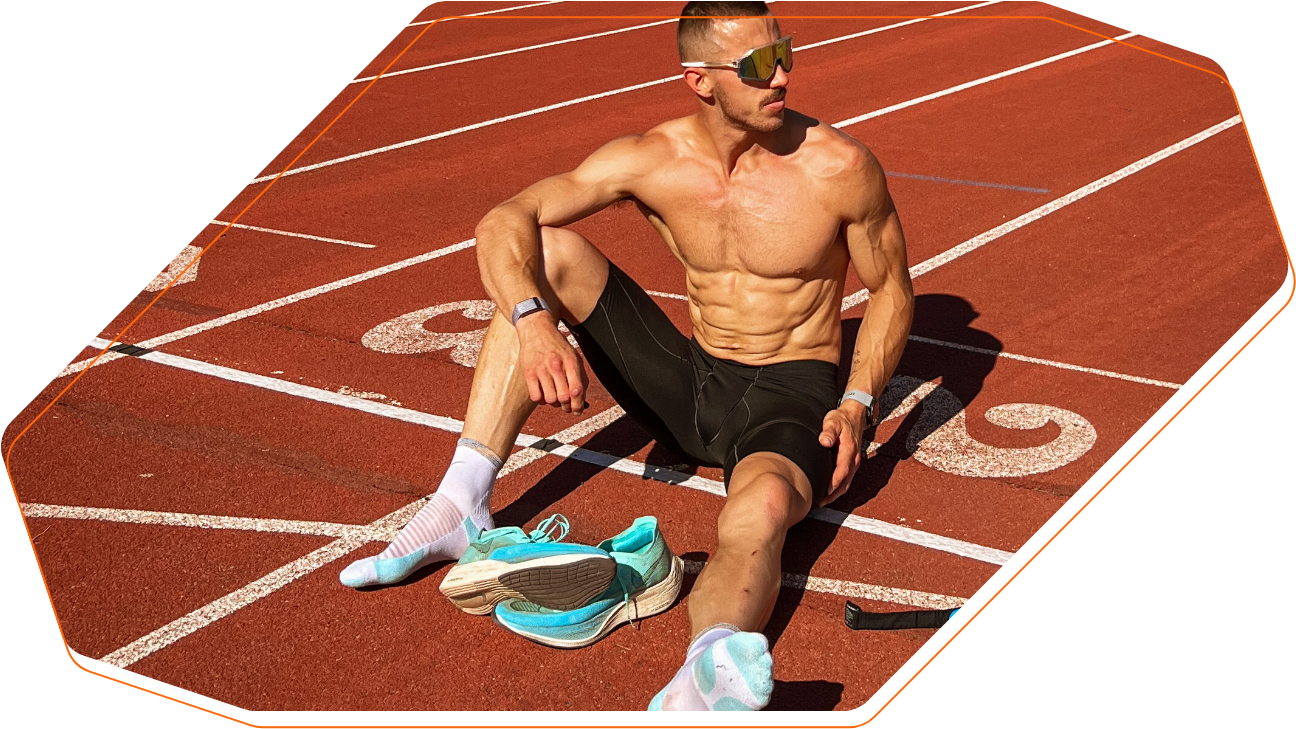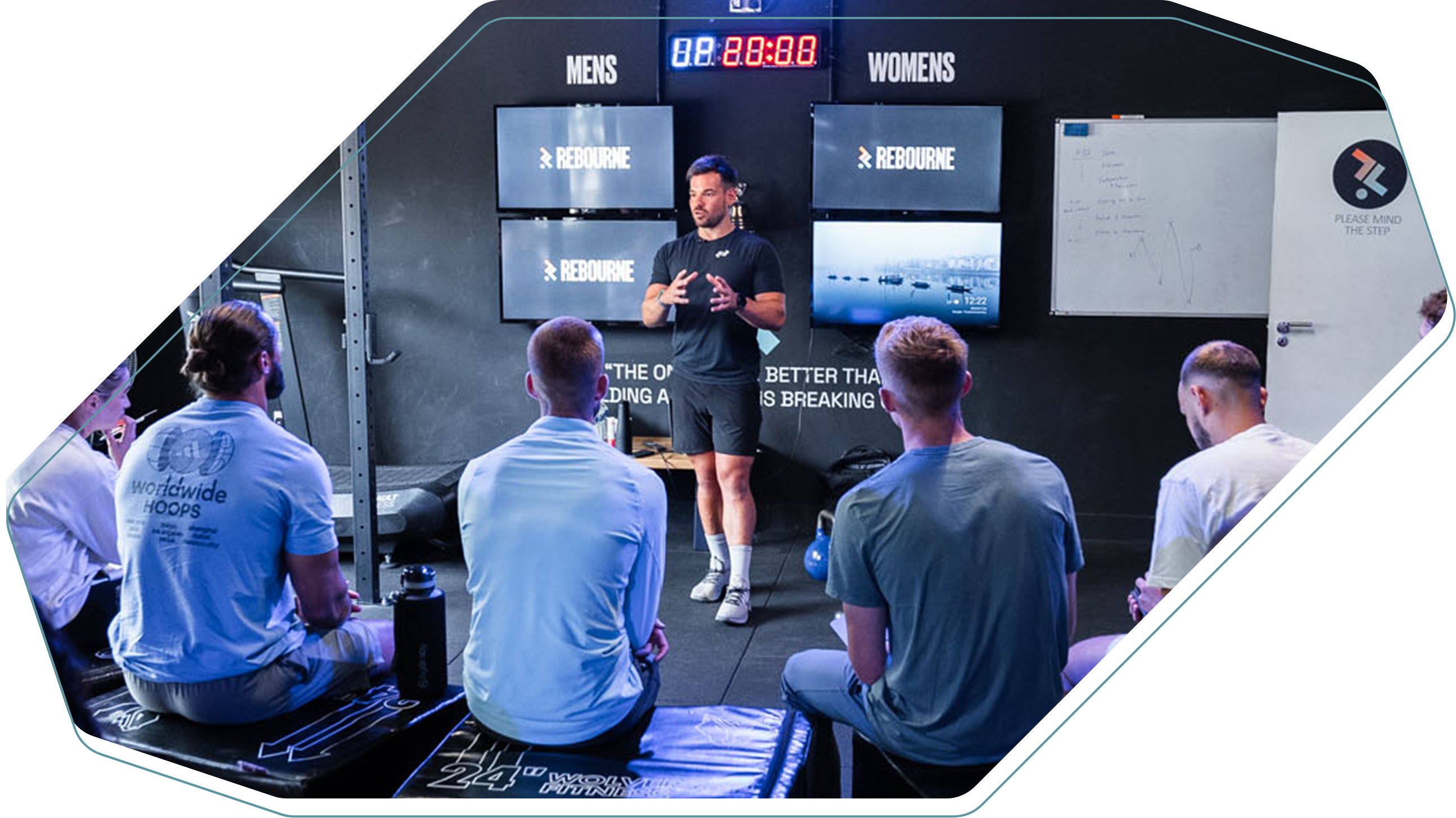Strength Training FOR RUNNERS

Running and injury often (unfortunately) go hand in hand. A lot of runners will punish themselves with mileage without implementing mobility or strength work, which inevitably correlates to their injuries and performance.
Mobility and strength rely on each other in equal part. The body’s ability to tolerate load directly relates to its ability to move (motor control), to resist/absorb force (strength) and to provide a platform in which to do all of this (mobility/biomechanics). Essentially as a runner, one without the other is void – and you will eventually become unstuck.
Why runners need mobility training
- To increase stride length
- To increase tissue tolerance for injury prevention
- To increase running efficiency
- To increase recovery
Types of mobility
Mobility can be split into two techniques; active and passive.
Whilst passive mobility is never truly ‘passive’, it relies on little to no mechanical tension through the muscle at anytime. These movements can also been identified as ‘static’ stretches. Passive mobility is often used more in recovery protocols and as a tool to downregulate the system post run.
Active mobility is anything performed with mechanical tension, such as a joint articulation or a movement-based pattern (a lunge for example). Active mobility will benefit your pre run prep and will provide the greatest benefit to your training. In our opinion, active mobility should be favoured consistently within training and during running warm ups.
Why runners need strength training
- To increase ability to absorb and create force (springy steps). More force means greater speed potential!
- For greater resilience
Strength training in and around running
As a runner, the goal is to run rather than focus on strength training – we understand that. We work with some incredibly talented athletes who’s primary focus are race PBs. However, in order to get them there, the ‘buy in’ process to mobility and strength training is key.
The goal of training is to increase performance, therefore managing load (weight) and volume (reps x sets) is vital to ensure you aren’t running fatigued. Optimising movement patterns that transfer to running mechanics will set you in good stead. Movements such as lunges and other single leg strength movements should be top of your list!
Specific strength and stability training for runners
1. Ankle stability
How often does ‘going over’ on your ankle or a recurring niggle from an old ankle sprain come back to haunt you? Running requires function and stability through the foot and ankle complex (notice function came first there). Stability isn’t the latest technology in the crowded running performance shoe market, nor it is an app telling you your stride length and how you land, or an overpriced insole your physio has convinced you to buy. Foot and ankle function requires mobility at the joints and tissues. Stability forms a layer on top of this, requiring proprioception, kinaesthetic awareness and tissue strength. For runners, particularly endurance runners, it is paramount that these aspects are ‘trained’.
2. Knee function
The knee joint is a hinge acting as a mediator for the load absorbed and produced by the ankle or hip. The biomechanics of running can leave the knee joint open to excessive loading and if there is weakness in the surrounding structures, the body will find a way to highlight it – this is usually where movement dysfunction occurs. To combat this and limit chances of knee pain when running, the key is to ensure the joints have sufficient function/active range of movement, whilst also ensuring the muscles responsible for resisting load are strong enough to withstand your running volume/frequency.
3. Hamstring strength
An often neglected area when training are the hamstrings and glutes; essentially the ‘pulley system’ at the back of our body. When it comes to running, our hamstrings are responsible for a great deal of our stride. As well as providing power to propel us forward, they offer stability to both the knee and hip under load. Strong and mobile hamstrings will see you decrease your chances of lower back pain, as well as boost your power, speed and running performance.
4. Strength and stability within the calves, hips and trunk also form pivotal components when running.
If you’re looking for further guidance on how to implement strength training alongside your running to, check out our RUN SHAPE RESILIENCE training plans!


